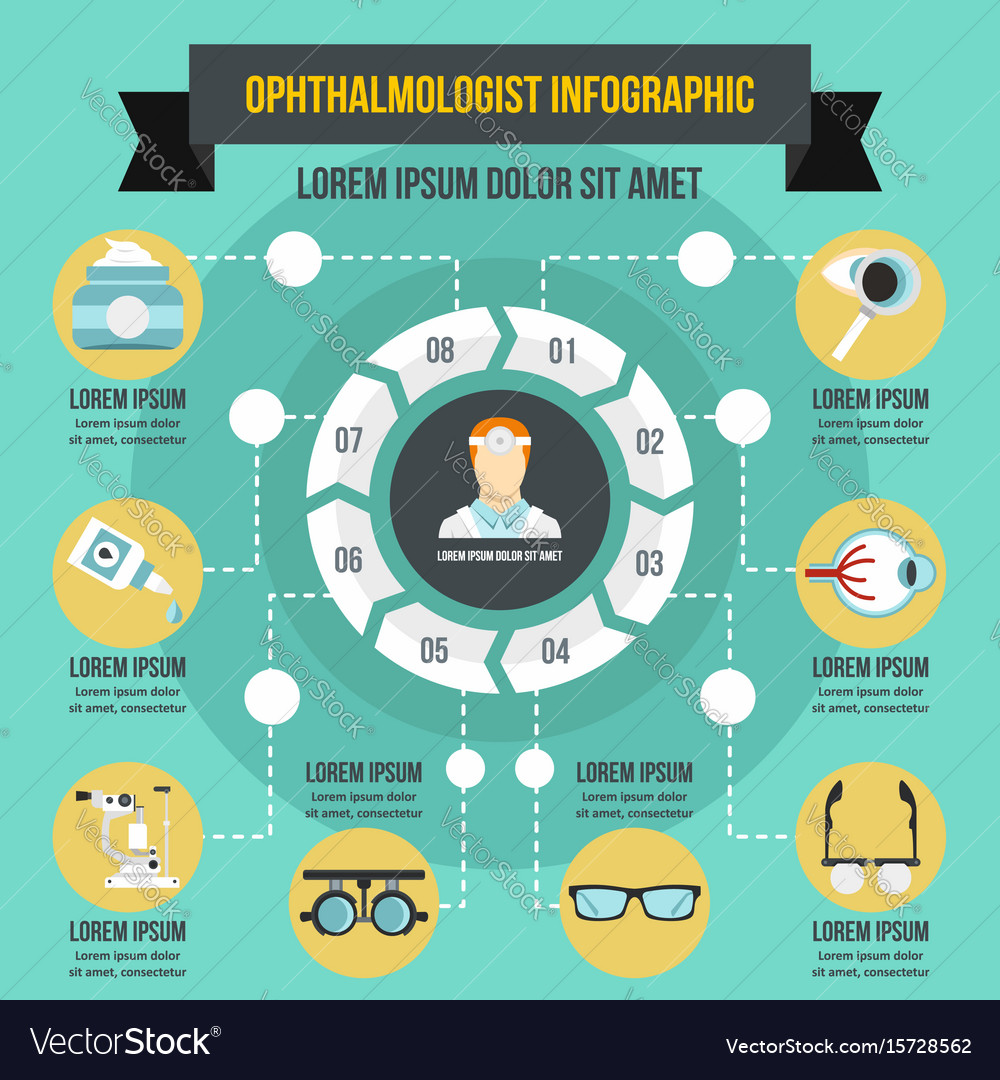Explore A Remarkable Exploration Into The History Of Cataract Surgical Treatment Techniques That Are Changing The Field Of Eye Health
Explore A Remarkable Exploration Into The History Of Cataract Surgical Treatment Techniques That Are Changing The Field Of Eye Health
Blog Article
Produced By- Price Laser Eye Surgery
As you check out the advancement of innovative cataract surgical treatment strategies, you'll witness a journey noted by ingenuity and accuracy. From old approaches that led the way for contemporary developments to cutting-edge modern technologies that are changing the field, the comprehensive introduction of cataract surgical treatment strategies is a testament to human progression and devotion to improving client results. The intricate interaction in between historic methods and futuristic developments creates an intriguing narrative that sheds light on the advancement of one of the most common procedures worldwide.
Historic Strategies and Technologies
Check out exactly how early surgeons transformed cataract treatment by employing ingenious strategies and devices. In the past, cataract surgery was a risky and excruciating procedure. However, cataract surgery blurry vision were amongst the very first to try surgical interventions for cataracts, utilizing a technique called 'couching' where a sharp tool was used to push the cataract back right into the eye. This approach, though crude by today's standards, laid the groundwork for future advancements in cataract surgical treatment.
As time progressed, Arab physicians made substantial contributions by creating specialized needles for cataract extraction. These needles were used to puncture the cataract and after that remove it from the eye, marking a significant improvement in surgical precision.
Later, in the 18th century, the French doctor Jacques Daviel originated the strategy of extracapsular cataract removal, where the whole lens was eliminated undamaged with a bigger laceration. This noted a significant improvement in cataract surgical procedure techniques, paving the way for the modern procedures we make use of today.
Modern Surgical Approaches
Early techniques in cataract surgery have actually evolved substantially, bring about the advancement of modern-day medical strategies that prioritize precision and enhanced individual outcomes. Modern cataract surgery currently frequently includes a procedure called phacoemulsification, where an ultrasonic tool separate the cataract for elimination via a tiny incision. This strategy allows for quicker healing and reduces the risk of difficulties contrasted to older approaches.
Additionally, using innovative intraocular lenses (IOLs) has transformed cataract surgical treatment outcomes. These lenses can correct not just the cataract yet also various other refractive errors like astigmatism, lowering the need for glasses post-surgery.
Surgeons today also have access to innovative imaging technologies that aid in exact preoperative preparation and intraoperative decision-making. Optical comprehensibility tomography (OCT) and other imaging techniques give in-depth images of the eye's frameworks, allowing for an extra personalized technique per individual's surgical procedure. With these advancements, modern cataract surgical treatment methods continue to improve, supplying individuals more secure procedures and far better visual outcomes.
Emerging Technologies in Cataract Surgical Treatment
With improvements in innovation transforming the area, cataract surgery is seeing the assimilation of ingenious methods for improved client outcomes. Emerging technologies in cataract surgery are improving the landscape of ocular treatments. One such improvement is femtosecond laser innovation, which permits exact corneal incisions, capsulotomies, and lens fragmentation, bring about enhanced medical precision and outcomes.
Additionally, intraoperative aberrometry is obtaining appeal, allowing real-time dimensions of refractive errors throughout surgical treatment to boost intraocular lens power calculations and minimize postoperative refractive shocks.
Additionally, the use of advanced imaging modern technologies like optical comprehensibility tomography (OCT) and intraoperative wavefront aberrometry aids surgeons in precise medical planning and execution. These tools give in-depth physiological details and aid personalize surgical techniques for each individual's unique eye attributes.
Furthermore, growths in expert system are being discovered to help in preoperative preparation, intraoperative decision-making, and postoperative care, potentially optimizing surgical results and individual satisfaction. Welcoming these arising technologies in cataract surgery holds assurance for more boosting individual end results and making sure the continued advancement of ocular medical methods.
Conclusion
As you trip through the background of cataract surgical procedure, you witness the change from ancient methods to cutting-edge technologies. Like a phoenix az climbing from the ashes, cataract surgery has developed into a sign of hope and innovation.
Equally as a caterpillar emerges from its cocoon as a gorgeous butterfly, cataract surgical procedure has actually developed right into a refined art form, offering individuals clearer vision and a brighter future.
The evolution continues, radiating a light on endless possibilities.
